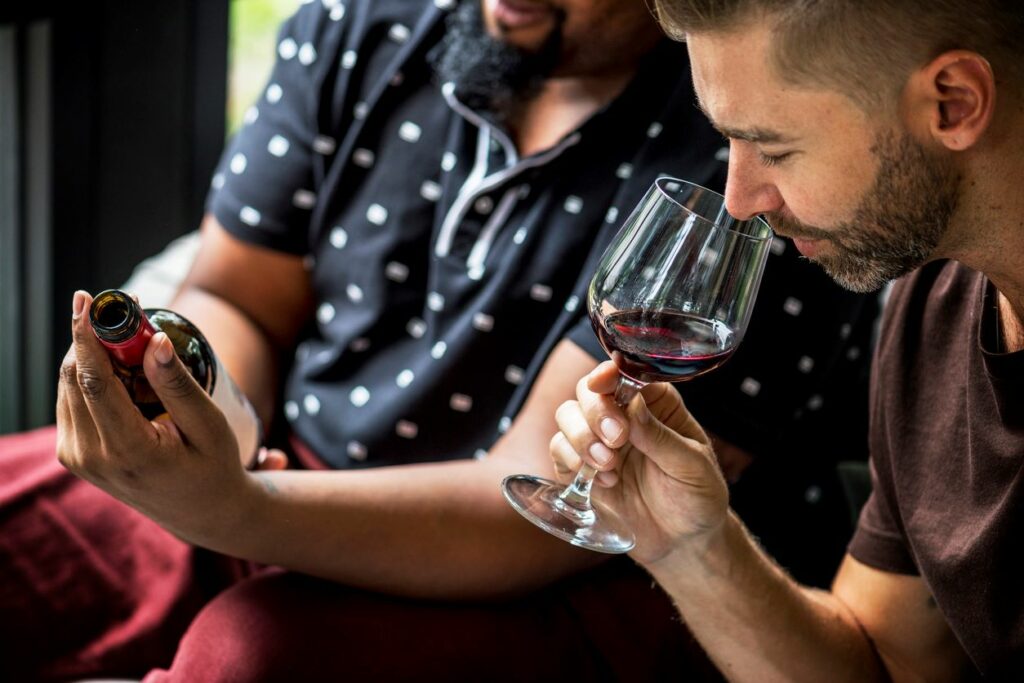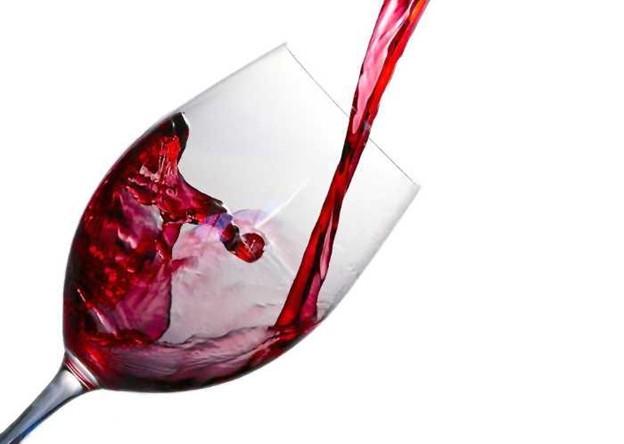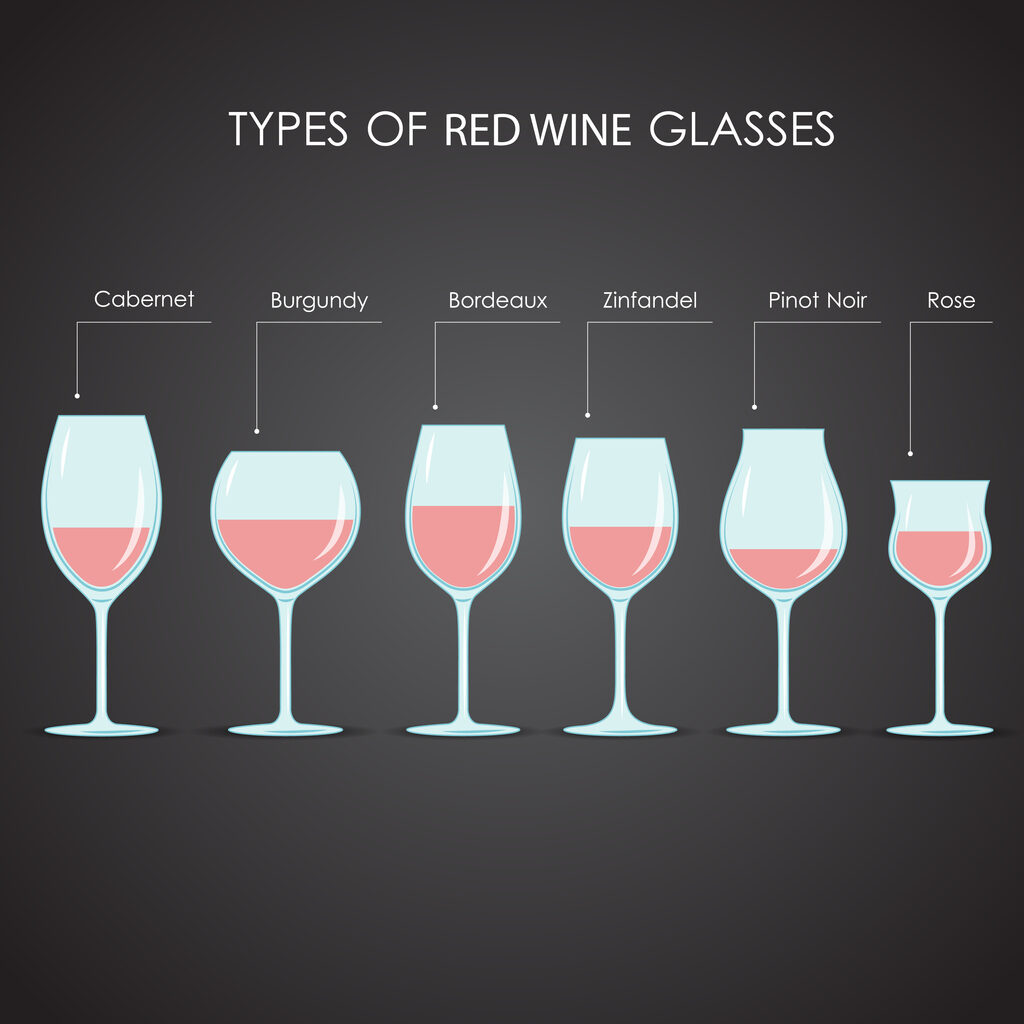The reason to swirl wine is very simple: it improves the taste. Honestly, it does. Swirling wine can release the aroma, leading to a richer flavor.
For some people, swirling wine will have become a habit grown from imitation, accomplished with no clear reason why. For others, swirling wine will simply be an attempt to indicate sophistication.
And for the rest of us, swirling wine in a stemmed wine glass was a brief consideration, abandoned after half the glass splashed out the top. If you’ve never understood the reason behind wine swirling, this guide hope to show you why people insist on swirling a glass of wine:

Removal of bad smells
When a bottle of wine is first opened, it needs a chance to breathe. In a few cases, the scents and flavors like rotten eggs of the sulfurs used in the winemaking process have a habit of hanging around. Things like sulfur dioxide and hydrogen sulfide are an essential part of the fermentation process, but they don’t necessarily smell nice. An excess of acidity can also be present in the initial scent of wine.
When you swirl wine, it’s exposed to oxygen, and the evaporating alcohol liberates the volatile aromas. Some of them are unwanted. With these gone, the drinker is free to experience the rich bouquet the wine has to offer as aroma compounds are slowly released. Enjoy your tasting experience!

Why do we have to swirl wine between sips?
Layers of scents and aroma compounds are released when you swirl wine in a stemmed wine glass. Much of how we taste wine occurs through the nose.
Although this may sound strange, the receptors in the nose are able to pick out subtle flavorings that the mouth isn’t capable of detecting.
If you haven’t been smelling award winning wines during a wine tasting, you really should! Don`t just take a light sniff from your glass of wine either, the aromas of the wine have to be absorbed from the wine glass.
Swirling releases all the subtle layers of the different aroma compounds that make up a good glass of wine.
Why Does Swirling Wine Make Wine Taste Better?
As your wine moves about in the glass in little circles it’s aerated, exposed to oxygen which invigorates the molecules making them easier to scent.
Having done this, when you take the first sip and drink the wine, you can taste more than just the top notes.

Instead, all the deep layers can come springing to the surface. What at first seemed like a simple wine can gain a richness that was otherwise missing.
You can see the “legs” of the wine
Legs of wine, often referred to as the tears or church windows, are the rivulets that form on the side of a wine glass after swirling. This phenomenon is an intriguing visual representation of a wine’s alcohol content and the wine’s viscosity.
The formation of legs is influenced by the Marangoni effect, where varying surface tensions between water and alcohol cause droplets to slide down the sides.
While some may perceive legs as an indication of high quality in wine, their significance goes beyond aesthetics. The speed at which they descend can provide insights into a wine’s sugar and alcohol content, offering clues about its body and texture.
Are legs of wine a qualaity indicator for your wine
It’s important to note that while legs may hint at certain characteristics of the wine, they don’t necessarily determine its overall quality or flavor profile.

By understanding the science behind legs of wine, enthusiasts can appreciate this captivating aspect of oenology from a new perspective. Rather than simply admiring their beauty, embracing the Marangoni effect allows for a deeper exploration into the composition and behavior of different wines, adding another layer to the sensory experience of enjoying a fine glass.
What type of wine should be swirled?
Every type of wine should be swirled, as they can all benefit from slight aeration. Whether white, red, or sparkling, swirling the wine evaporates less than pleasant smells, leaving behind a subtle and layered aroma.
With the first sniff you smell the more volatile primary and secondary aroma compounds in your glass of wine. When swirling wine you liberate tertiary aromas like vanilla, oak, leather and some smoky notes.
How does one swirl? and not make a mess everywhere…
Swirling wine allows the drinker to truly experience the bouquet and aroma of the wine. However, it can be a little tricky to master. No one is impressed by wine thrown out the side of the glass, and no one enjoys losing wine to an overzealous swirl.
How exactly does swirling work?
Allow us to give you a few tips! Once you’ve mastered the technique, you can impress everyone with just how sophisticated your swirl is. (And impress yourself with the delicate aromas you can now detect.)
The first step in nailing the swirl is in choosing the right wine glass. A big glass is best, as it allows for the wine to move over a greater surface area, exposing it to more oxygen. A larger glass also makes it easier to see the “legs” of the wine as they move across the sides.

How much wine to pour for swirling wine
Choose a glass that tapers towards the rim. This both makes it less likely to spill, and concentrates the aromas.
Only pour a smaller amount, you don’t want to fill the glass. One to two ounces is best. The smaller amount exposes more of the wine to the oxygen,
Swirling exposes the wine’s “legs” or “tears.”
For a beginner, place the glass on a table or hard surface. Grasp the stem at the base between the thumb, and forefinger. Use the base of the glass to draw circles on the table. Otherwise, keep the glass on the table, balance the stem at the base between the index and middle fingers, and draw circles.
Swirl the wine in small circles, and you look like you know what you’re doing. Eventually, you can work up to swirling the glass in the air.
It Opens the Wine
Take a sniff. Immediately after swirling is the best time to smell the wine, as the agitated molecules should be releasing the most aroma. This will allow you to get the most out of your tasting experience.
Take your first sip. The best way to enjoy the wine is to fill the mouth half way, rather than taking a gulp. Move the wine around your mouth, so you can experience the flavor across the tongue.

Repeat the process. You don’t need to be continually swirling, and it can be bad for the wine to over swirl. However, completing the process a few times allows the full wine profile to come through.
Question:Why do people swirl wine?
Mastering the swirl isn’t just a way to look good – it’s the best way to enjoy wine. After a few attempts, you should start to understand what sommeliers mean when they refer to wine tears “body” and “bouquet”.
Wine Tastes Better in Better Glasses
When it comes to enjoying a glass of wine, the vessel it’s served in can make all the difference. The shape and quality of the glass can drastically impact the taste and aroma of the wine. For instance, a wider bowl allows for more room to swirl and aerate the wine, enhancing the release of its aromas and flavors.
Which Wine glass to swirl wine
A better-quality glass can be crystal clear, allowing you to appreciate the color and opacity of the wine as you swirl it around. This visual aspect of wine tasting adds another layer to your overall sensory experience.
Moreover, when you pour wine into a better glass, you may notice wine legs forming on the sides. These are the streaks that form after swirling or tilting your glass and are indicative of alcohol content and viscosity.

Seeing these legs grace your wine glass, not only adds an element of beauty but also gives you clues about what’s inside – from light-bodied to full-bodied wines. Essentially, using better glasses for wine is not just about aesthetics; it’s about fully immersing yourself in every aspect of what makes each bottle unique.
Wine glasses for wine tasting
When it comes to wine tasting, the choice of wine glass can significantly impact the experience. The shape and size of a wine glass can affect the way the wine interacts with air and how its aroma is released.

Small Bowl vs Wide Bowl glasses
For example, a wider bowl allows for more swirling space, encouraging oxygenation and enhancing the aromas of the wine. This is particularly important when tasting red wines, as swirling helps to unlock complex flavors and aromas that might otherwise remain hidden.
Best glasses for your wine tasting experience
Different varietals benefit from specific types of wine glasses tailored to their unique characteristics. For instance, a larger bowl with a tapered top is ideal for capturing the delicate aromas of white wines, while a taller glass with a narrower opening can channel the bouquet of sparkling wines directly to the nose. By embracing these insights into wine glass selection for tastings, enthusiasts have an opportunity to elevate their sensory experiences and gain deeper appreciation for each varietal’s distinct qualities.

